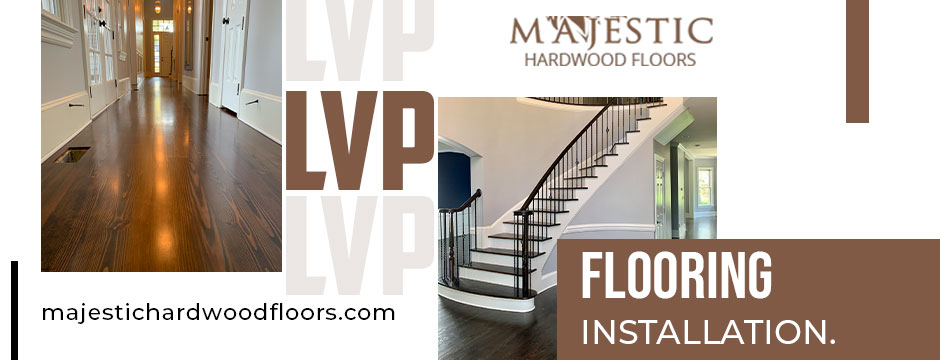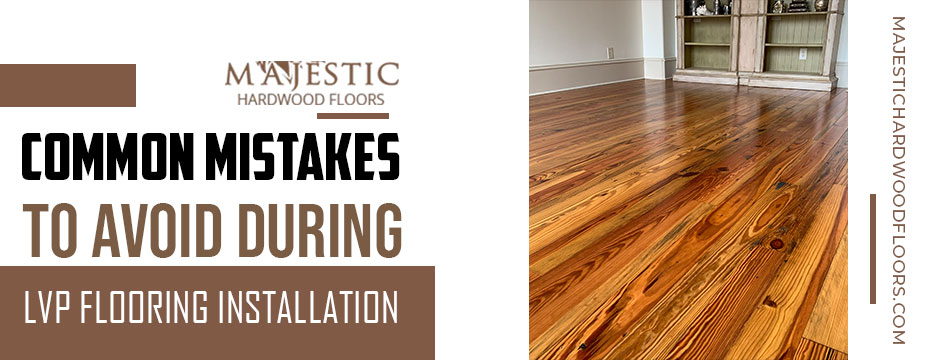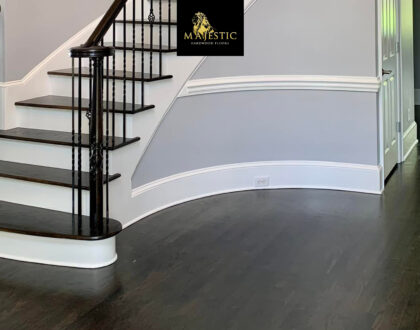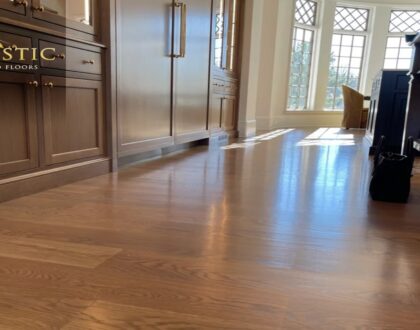Common Mistakes to Avoid During LVP Flooring Installation

Luxury Vinyl Plank (LVP) flooring has gained immense popularity in recent years due to its durability, affordability, and realistic appearance. However, to ensure a successful and long-lasting installation, it’s crucial to avoid common mistakes that can compromise the overall outcome. In this article, we will explore the most common mistakes made during LVP flooring installation and provide valuable tips to help you achieve a flawless result.

Insufficient Subfloor Preparation
One of the most critical steps in LVP flooring installation is preparing the subfloor adequately. Neglecting this crucial aspect can lead to numerous issues down the line. Before installing LVP flooring, thoroughly clean the subfloor to remove any dust, debris, or adhesive residues. Next, inspect the subfloor for unevenness and address any high or low spots. Use a leveling compound to even out the surface, ensuring a smooth and stable base for the LVP planks. Additionally, perform a moisture test to detect any excessive moisture levels that may affect the flooring. Taking the time to prepare the subfloor properly will prevent future problems and ensure a successful installation.
Inaccurate Measurement and Cutting
Accurate measurements and precise cutting are vital for a seamless and professional-looking LVP flooring installation. Failing to measure the room correctly or accounting for irregularities can result in wasted materials and ill-fitting planks. Begin by measuring the room accurately, taking into consideration any nooks, corners, or alcoves. Use a square to ensure straight and precise lines. When cutting the LVP planks, use sharp cutting tools and follow the manufacturer’s guidelines for the specific flooring product. Double-check your measurements before making any cuts to avoid costly mistakes.
Poor Acclimation of LVP Flooring
Acclimation is a crucial step often overlooked during LVP flooring installation. Acclimating the flooring allows it to adjust to the temperature and humidity levels of the installation area, preventing issues such as expansion or contraction after installation. Follow the manufacturer’s recommendations regarding acclimation timeframes and temperature ranges. Typically, LVP flooring should be placed in the installation area for a specified period before installation. This ensures the planks are in optimal condition and helps maintain their integrity throughout their lifespan.
Incorrect Installation Methods
LVP flooring offers different installation methods, such as glue-down and click-lock systems. Selecting the wrong method for your specific flooring and subfloor conditions can lead to problems. It’s essential to understand the characteristics and requirements of each installation method. Glue-down installation involves using adhesive to secure the planks to the subfloor, providing a strong and permanent bond. On the other hand, click-lock systems allow for a floating floor installation, where the planks interlock without the need for adhesives. Carefully follow the manufacturer’s instructions and guidelines for the chosen installation method to ensure a successful and durable LVP floor installation.
Neglecting Expansion Gaps and Undercutting
Expansion gaps and undercutting are often overlooked but vital aspects of LVP installation. Expansion gaps are spaces left between the flooring and the walls to accommodate natural expansion and contraction. Neglecting these gaps can lead to buckling or warping of the planks. Determine the appropriate expansion gap size based on the room’s dimensions and the specific LVP flooring product. Additionally, undercut door frames and other obstacles to allow for the necessary expansion. This ensures a seamless appearance and prevents the flooring from being trapped or restricted.
Rushing Through the Installation Process
Patience and attention to detail are key during LVP flooring installation. Rushing through the process can result in costly mistakes and an unsatisfactory outcome. Take breaks when needed, especially during large installations, to maintain focus and precision. Follow the manufacturer’s instructions meticulously, including any specific requirements for adhesive application or interlocking mechanisms. Double-check your work at each step to ensure accuracy. Allocate sufficient time for the installation, accounting for any unforeseen challenges or complexities. By allowing yourself ample time, you can complete the installation with the care it deserves.

To Sum It All Up
Avoiding common mistakes during LVP flooring installation is crucial for achieving a beautiful, durable, and long-lasting result. By taking the time to properly prepare the subfloor, measure accurately, acclimate the flooring, choose the correct installation method, account for expansion gaps, and avoid rushing through the process, you can ensure a successful installation. Remember, attention to detail and patience are key to a flawless outcome. By following these guidelines, you’ll be well on your way to enjoying the many benefits of LVP flooring in your home or commercial space.
Want to find out more? Visit us at Majestic Hardwood Floors!



